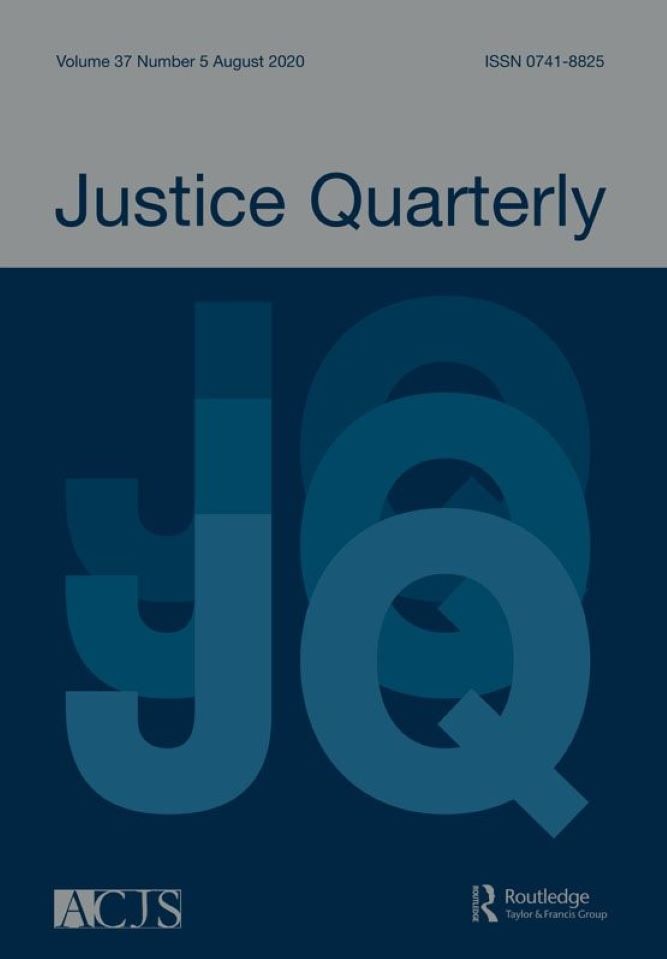Latent preferences feature prominently in rational choice and symbolic interaction theories but are difficult to capture empirically. To address this limitation, we introduce a discrete choice random utility model to estimate latent preferences for risk. Using data from the Pathways to Desistance study, we estimate the statistical model and demonstrate the usefulness of the preference estimates. We find that risk preferences vary between- and within-individuals over time and that individuals become risk averse as they age in a manner that can help explain desistance from crime. Further, preferences and perceptions jointly impact offending. Finally, we find that the factors predicting one’s perceptions and one’s preferences often differ in theoretically meaningful ways. We conclude that the estimate of preferences derived from the random utility model demonstrate construct validity and discuss how the model can be used to test outstanding issues in criminology.

 The College of Arts
The College of Arts